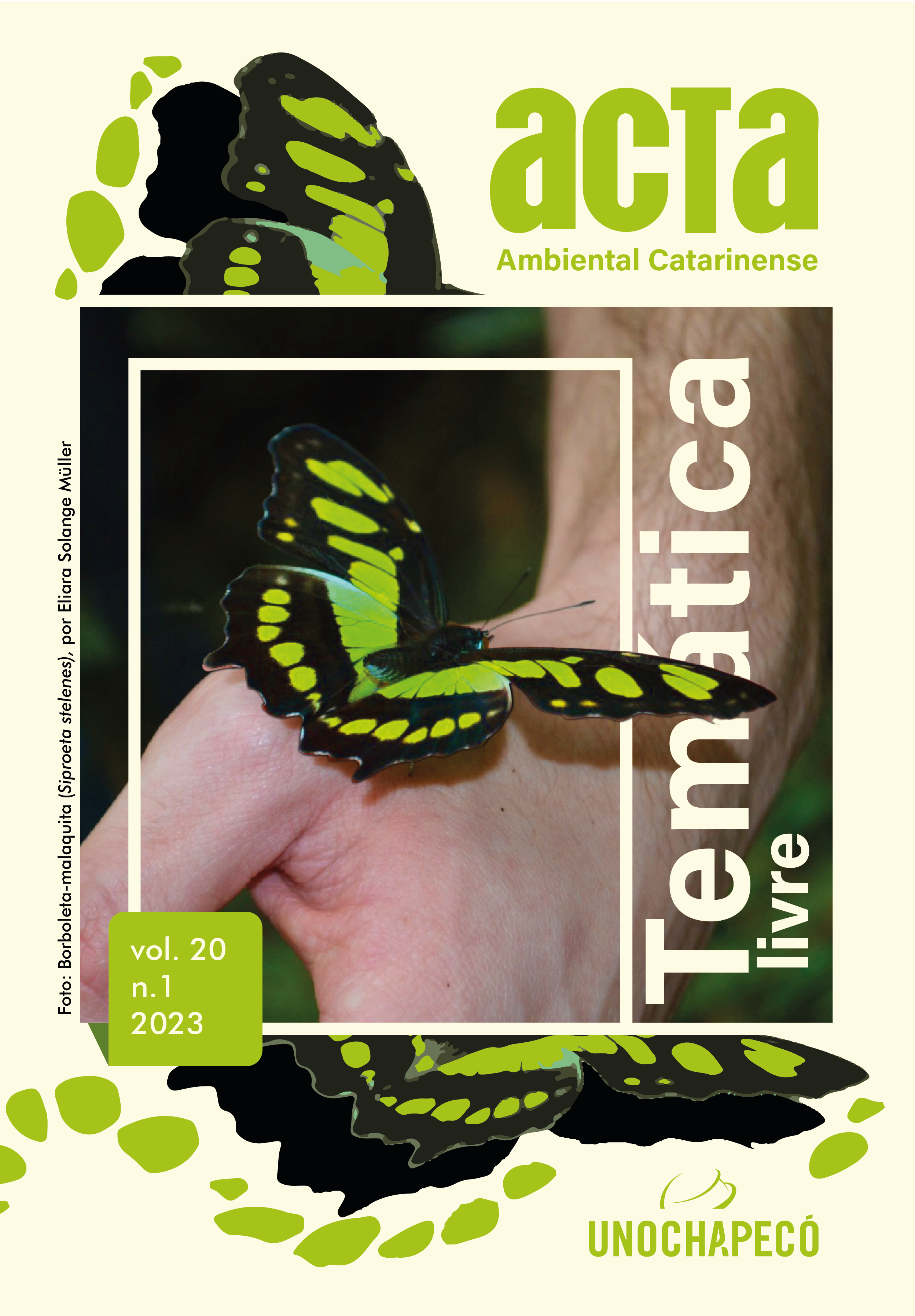Shade and no light explain Hovenia dulcis Thunb. invasiveness in subtropical forest fragments: A Greenhouse Microcosm Experiment
DOI:
https://doi.org/10.24021/raac.v20i1.6026Palabras clave:
Biological invasion. Germination. Stem elongation. UnderstoryResumen
Hovenia dulcis is a non-native species with high capacity for invasion in subtropical forest fragments. In this study we used a greenhouse experiment simulating field abiotic and biotic conditions to investigate the germination and growth to determine the mechanisms associated with the high invasion potential of this species. We evaluated the effects of abiotic factors (light) and biotic factors (litter mass and litter type) on ecophysiological parameters: germination (GR), initial establishment (RR and ER) and shoot and root growth in a greenhouse experiment. Interactions between factors were compared using GLM, to select the best model and the factors that influence each parameter evaluated. GR, RR and ER were negative influenced by light intensities, when the low intensity presents more germination and establishment of individuals than intermediate intensity. Additionally, shoot height and root length were negatively influenced by the light intensity with a higher stem elongation in low light intensities. We found no interactions between the abiotic and biotic conditions tested. However, when evaluated individually, germination, establishment and growth were better in low light conditions regardless of the litter mass and litter type. These results challenge the classification of H. dulcis as an intolerant shade species.
Descargas
Descargas
Publicado
Número
Sección
Licencia
Derechos de autor 2023 Revista Acta Ambiental Catarinense

Esta obra está bajo una licencia internacional Creative Commons Atribución-NoComercial-SinDerivadas 4.0.
Estou ciente de que, em sendo aprovado, a publicação do artigo será no formato on-line no Portal de Periódicos da Unochapecó.Também tenho ciência de que há autorização para assumir contratos adicionais separadamente, para distribuição não-exclusiva da versão do trabalho publicada nesta revista (ex.: publicar em repositório institucional ou como capítulo de livro), com reconhecimento de autoria e publicação inicial nesta revista.
















